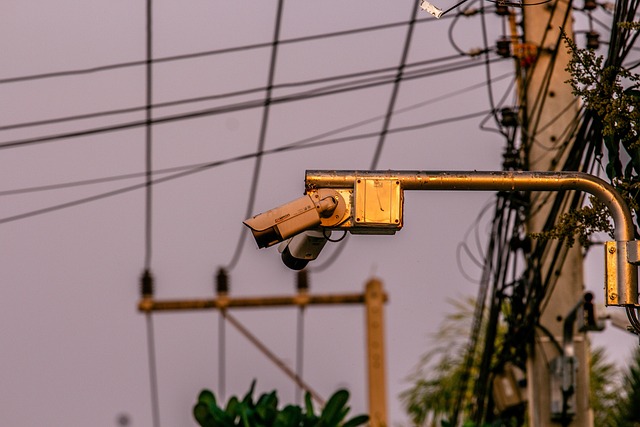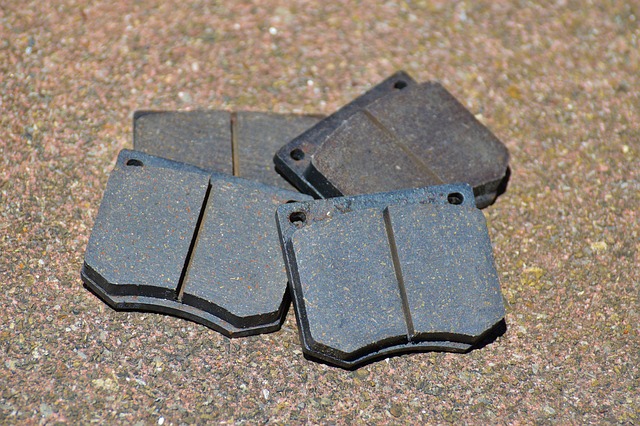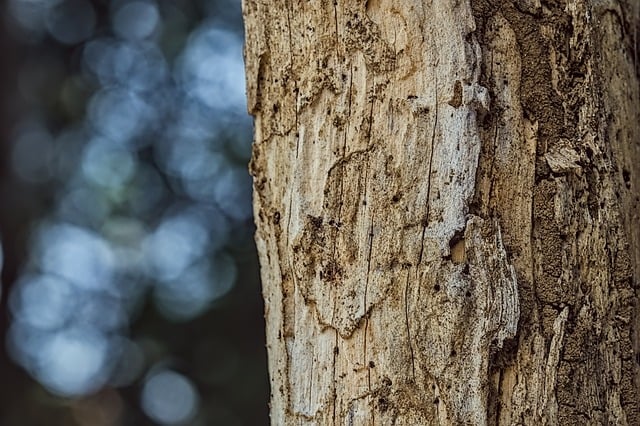Termites cause severe damage to homes, so regular professional termite inspections are vital for early detection and preventing costly repairs. Experts look for signs like mud tubes, swarmer activity, or wood damage, assess risk factors, and implement targeted prevention strategies like treatments or monitoring systems. Property owners should also be vigilant for subtle signs of damage and take action promptly upon noticing them. Annual or bi-annual inspections using advanced tools, chemical or eco-friendly treatments, and proactive maintenance tasks are key to protecting homes from these destructive insects.
In the quiet discomfort of your home, a silent enemy could be gnawing away at your structural integrity—termites. These relentless pests cause billions of dollars in damage annually. Understanding their behavior and impact is the first step towards protection. This comprehensive guide explores effective termite prevention strategies, from regular termite inspection as a defensive measure to natural solutions and long-term protective methods. Learn how to fortify your home against these relentless invaders.
Understanding Termites and Their Impact

Termites are tiny insects that can cause significant damage to homes and structures. These wood-eating pests live in colonies and are known for their ability to chew through wood, insulation, and even concrete, often going unnoticed until serious structural problems arise. A termite inspection is crucial to identifying potential infestations early on, as these insects can remain hidden behind walls, floors, and other hard-to-reach areas.
Regular inspections by professional pest control experts are essential in protecting properties from termite damage. During an inspection, technicians search for signs of termites, such as mud tubes, swarmer activity, or wood damage. They also assess the property’s risk factors, including proximity to water sources, soil type, and nearby vegetation, which can all contribute to an attractive environment for termites. Understanding these risks is key to implementing effective termite prevention solutions.
Regular Termite Inspection: The First Line of Defense

Regular termite inspections are an absolute must for any property owner looking to safeguard their investment from these relentless pests. These silent invaders can cause significant structural damage over time, making early detection through periodic checks crucial. A professional termite inspection involves a thorough assessment of your home’s foundation, walls, floors, and other vulnerable areas, using advanced techniques like moisture meters and termitometers to identify any signs of infestation or potential entry points.
By scheduling regular inspections—typically recommended every 3-6 months—you gain invaluable peace of mind knowing your property is protected. This proactive approach allows for the timely implementation of effective prevention strategies, such as targeted treatments, physical barriers, or even the installation of monitoring systems, thus averting costly repairs down the road.
Identifying Signs of Termite Infestation

Identifying signs of a termite infestation is crucial for early detection and effective prevention. Regular termite inspections are key to maintaining a termite-free environment. During these inspections, professionals look for subtle indicators such as tiny holes in wooden structures, which might suggest the presence of termites tunneling through. Another common sign is the appearance of swarms of small insects around windows or doors during specific seasons; this could indicate an active colony nearby.
Property owners should be vigilant and stay alert for any signs of damage caused by termites, like weakened or bulging walls, floors that feel soft or uneven, or visible traces of tunnels on wooden surfaces. Prompt action is essential once these signs are noticed, as it can prevent the infestation from escalating and causing significant structural damage.
Effective Termite Prevention Strategies

Effective termite prevention starts with a comprehensive termite inspection. Regular, professional assessments are crucial to identifying potential entry points and signs of infestation early on. These inspections involve meticulous examinations of your property’s structure, focusing on areas prone to termites, such as foundations, walls, floors, and ceiling joists. Technicians use advanced tools and methods to detect even the subtlest indications of termite activity, ensuring a thorough understanding of your home’s vulnerability.
Once identified, several strategies can be employed to prevent and control termite infestations. These include physical barriers like chemical treatments, metal shields, or mesh screens that block termites from accessing wooden elements. Regular maintenance and repairs are also vital, eliminating moisture issues and removing potential food sources. Additionally, using termite-resistant building materials and ensuring proper ventilation can significantly reduce the risk of an invasion.
Essential Home Maintenance for Termite Deterrence

Regular termite inspections are an essential part of home maintenance, especially in areas prone to termite activity. These invisible pests can cause significant structural damage over time, making early detection crucial. A professional termite inspection should be conducted annually to identify any signs of infestation or potential entry points. During these inspections, experts use advanced methods like termiticides and non-invasive techniques to assess the health of your home’s foundation and wooden elements.
By keeping an eye on these issues, homeowners can prevent costly repairs. Simple maintenance tasks such as repairing leaks, ensuring proper ventilation, and trimming trees away from the house can significantly deter termites. Regular checks and proactive measures will not only protect your investment but also ensure peace of mind knowing your home is safe from these destructive insects.
Chemical Treatments and Baits for Termite Control

Chemical treatments and baits are two popular methods used in termite control during a termite inspection. Chemical treatments involve applying pesticides directly to the soil around structures, targeting termites’ hiding places and feeding areas. These chemicals can be effective in eliminating active termite infestations and preventing future ones by creating a toxic barrier. However, they must be applied precisely to avoid environmental and health risks.
Baits are another option, offering a more subtle approach. Termite baits consist of attractants mixed with slow-acting toxins. Workers termites, attracted to the bait stations, carry the poison back to their colonies, ultimately leading to the colony’s demise. This method is considered environmentally friendly as it doesn’t involve widespread chemical application. Regular termite inspections are crucial in identifying potential issues early on, allowing for the implementation of these control measures before significant damage occurs.
Natural and Eco-Friendly Termite Solutions

In the quest for effective termite prevention, natural and eco-friendly solutions have emerged as a popular and sustainable choice. These methods offer an alternative to traditional chemical treatments, appealing to environmentally conscious homeowners and businesses alike. One of the key benefits is their non-toxic nature, which makes them safer for both people and pets. Natural solutions often involve utilizing beneficial insects, such as certain species of nematodes, that target and eliminate termites without causing harm to other organisms.
Termite inspection plays a vital role in identifying potential infestations early on. Regular inspections by professionals can pinpoint signs of termite activity and determine the best course of action. Eco-friendly solutions include biological controls like microbials and fungi that disrupt the termites’ digestive system, as well as physical barriers made from materials like copper mesh or natural oils that repel termites. These methods not only protect structures but also contribute to a healthier environment, making them an attractive option for those seeking long-term, sustainable termite prevention.
Preventive Measures for Long-Term Protection

Regular termite inspections are a proactive measure that offers long-term protection against these relentless pests. A professional termite inspector can identify potential entry points, signs of infestation, and assess the overall health of your property’s defenses against termites. By conducting annual or bi-annual inspections, you gain valuable insights into any existing issues and can implement targeted solutions to mitigate risks.
These preventive measures don’t stop at inspections. Creating a barrier around your home by eliminating sources of moisture and removing potential food sources like wood debris or decaying organic matter is crucial. Additionally, maintaining proper drainage systems and ensuring your home’s foundation is solid and well-sealed contributes to a less inviting environment for termites, providing lasting protection against infestations.
